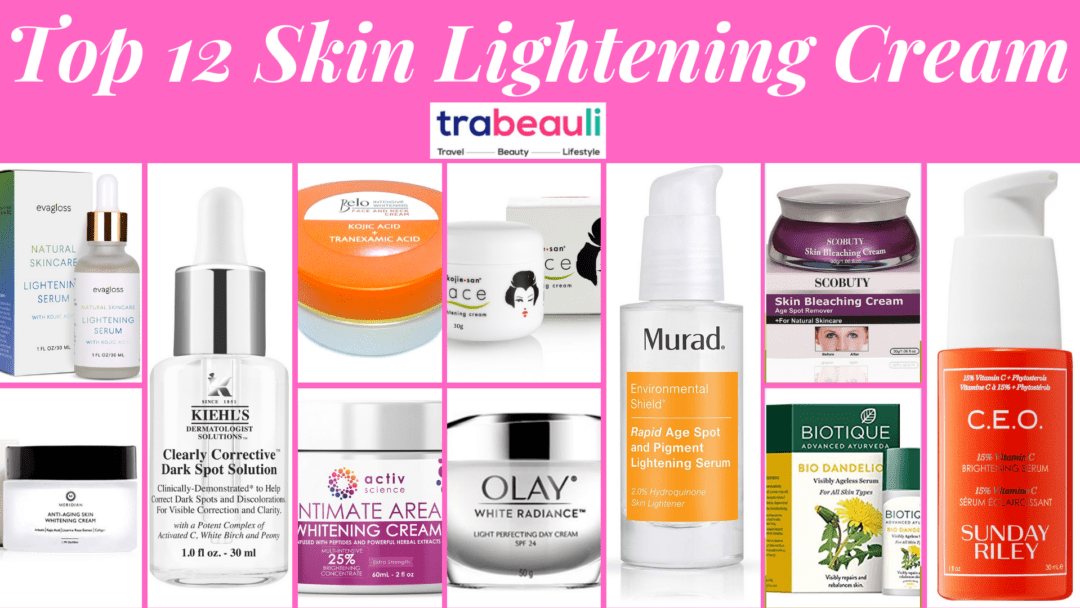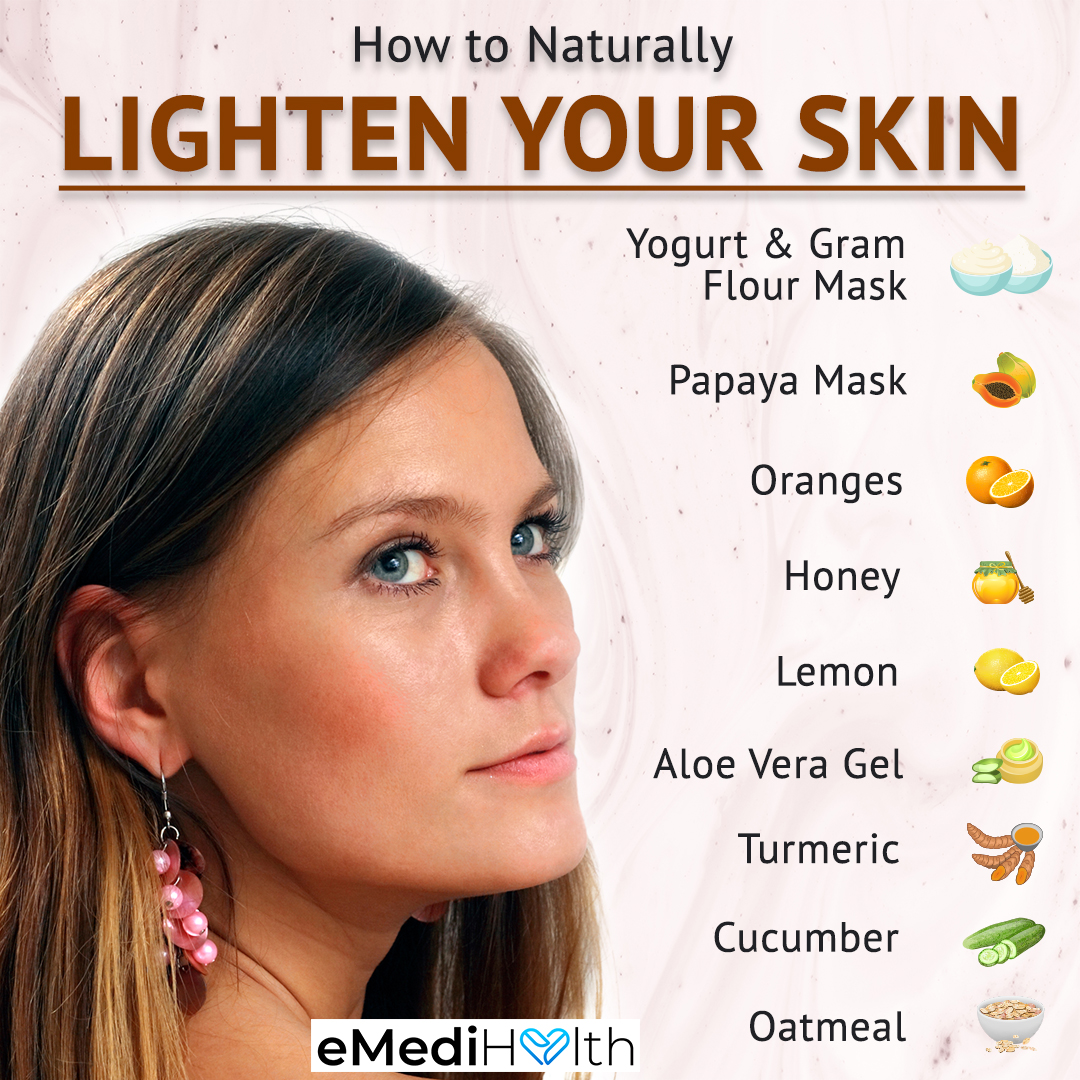What Product Can I Use To Lighten My Skin

Warning: The pursuit of skin lightening can involve serious health risks. Many products contain dangerous chemicals, and users should be aware of the potential consequences.
This article addresses the widespread, yet hazardous, trend of skin lightening, focusing on the products available and the critical dangers associated with their use. It’s crucial to understand that many skin-lightening agents contain harmful ingredients that can lead to permanent damage.
Understanding Skin Lightening Products
Skin lightening products aim to reduce melanin production, the pigment responsible for skin color. These products come in various forms, including creams, soaps, and pills, often marketed with promises of a fairer complexion.
Common and Dangerous Ingredients
The most common active ingredients in skin lightening products are often the most dangerous. Hydroquinone, a bleaching agent, is frequently found in these creams. Its use can cause ochronosis, a disfiguring skin condition characterized by bluish-black pigmentation.
Mercury is another toxic ingredient that has been found in many products, despite being banned in several countries. Mercury exposure can lead to kidney damage, neurological issues, and even death.
Corticosteroids, while effective in reducing inflammation and lightening skin temporarily, can cause thinning of the skin, stretch marks, and increased risk of infections with prolonged use.
The Health Risks
The risks associated with skin lightening products are significant and can have long-lasting effects. Skin irritation, allergic reactions, and permanent skin discoloration are common side effects.
Furthermore, prolonged use can increase the risk of skin cancer. This heightened risk is due to the skin's reduced ability to protect itself from harmful UV rays after melanin production is suppressed.
Systemic absorption of chemicals like mercury can lead to internal organ damage and neurological problems. Pregnant women are particularly vulnerable, as these chemicals can affect fetal development.
Who is at Risk?
The World Health Organization (WHO) estimates that skin lightening practices are prevalent in many countries, particularly in Asia and Africa. Studies indicate that up to 77% of women in Nigeria use skin lightening products.
In India, various surveys report a significant percentage of women using skin lightening creams. The desire for fairer skin is often driven by societal pressures and cultural beauty standards.
The WHO stresses that these practices affect individuals of all ages and socioeconomic backgrounds. The demand for quick and easy solutions fuels the market, despite the known dangers.
Regulatory Status and Where to Find Information
Many countries have banned or restricted the use of certain chemicals in skin lightening products. The U.S. Food and Drug Administration (FDA) has issued warnings against products containing mercury and high levels of hydroquinone.
However, unregulated products are still widely available online and in some retail outlets. Consumers must be vigilant about checking the ingredients and researching the manufacturer before using any skin lightening product.
Information on safe skincare practices can be found at the American Academy of Dermatology (AAD) and the World Health Organization (WHO) websites. These resources offer valuable insights into maintaining healthy skin without resorting to dangerous lightening agents.
Next Steps and Ongoing Developments
Public health campaigns are crucial to raise awareness about the dangers of skin lightening. Education about the long-term health consequences can help discourage the use of these products.
Increased regulatory enforcement is necessary to prevent the sale of dangerous and illegal skin lightening products. Stricter penalties for manufacturers and distributors are needed to deter this harmful trade.
If you are considering or currently using skin lightening products, consult a dermatologist immediately. Early intervention can help mitigate the potential damage and prevent further complications.


















